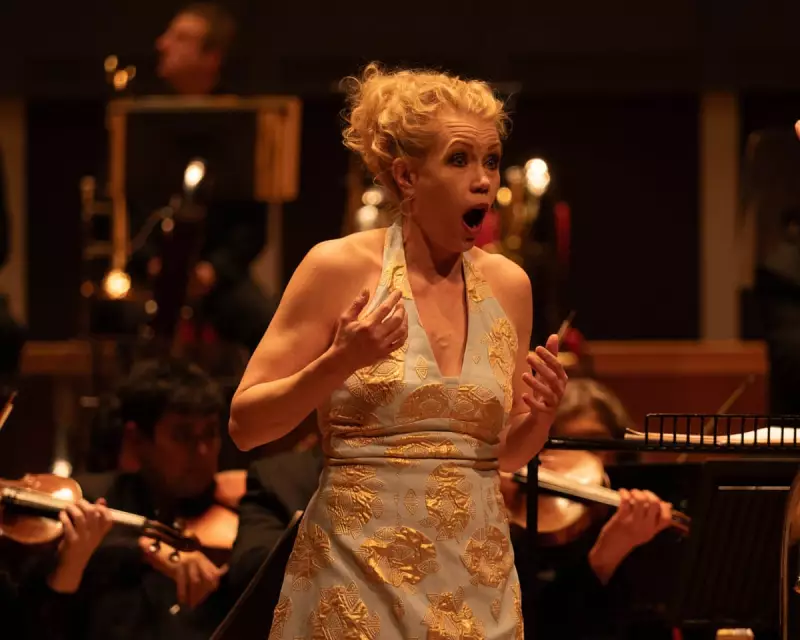
A Night of Finnish and Russian Masterpieces
The City of Birmingham Symphony Orchestra delivered an unforgettable evening of musical storytelling at Symphony Hall, pairing the frosty legends of Jean Sibelius with the cryptic final symphony of Dmitri Shostakovich. Under the baton of Finnish conductor Osmo Vänskä, the programme showcased the remarkable lyrical gifts shared by these two composers, separated by geography but united in their narrative power.
Vänskä's Masterful Interpretation of Sibelius
With decades of experience interpreting Sibelius, Osmo Vänskä brought deeply lived-in interpretations to the Finnish composer's works. The conductor particularly revealed groundbreaking qualities in more conventional pieces, notably in the Karelia Suite's central movement where the CBSO's warm strings were enhanced by folk-inflected harmonic complexity. Intricate countermelodies that often go unheard were brought to the forefront in the outer movements, demonstrating Vänskä's meticulous attention to detail.
The concert featured a rare treat: several of Sibelius's seldom-performed vocal works, magnificently delivered by soprano Helena Juntunen. A compelling actor as well as singer, Juntunen threw herself completely into three of the composer's finest orchestral songs, her body contorting with emotion as the audience hung on her every crystal-clear syllable. Her performance of Baron Magnus, a lyrical ballad about a nobleman's encounter with a mermaid, was exquisitely characterised, delivered with her rich, creamy soprano voice and absolute dramatic commitment.
Juntunen's Breathtaking Luonnotar and Shostakovich's Enigma
Returning to the platform in traditional dress, Juntunen revelled in the weird brilliance of Sibelius's 1913 tone poem Luonnotar. This innovative masterpiece, rooted in Finland's national epic Kalevala, describes the creation of heaven from broken duck eggs tumbling from a pregnant nature spirit's knee. Juntunen's performance captured every aspect of its extraordinary narrative and musical innovation.
The second half featured Shostakovich's enigmatic 15th symphony, a work whose meaning has been widely speculated upon since the composer revealed little about it before his death. Vänskä adopted a brisk, puckish approach to the up-tempo movements, fully embracing the music's neurotic tics. The CBSO's percussion section particularly excelled, and the orchestral playing overall reached even greater heights than in the first half.
Diaphanous textures and sustained tension heightened the Chekhovian ache of the slower movements, with the music eventually drawing to a close through a ghostly death rattle and a hint of mocking laughter. The concert demonstrated why this programme, which also visits Bristol Beacon on 20 November, stands as a remarkable achievement in classical music performance.





